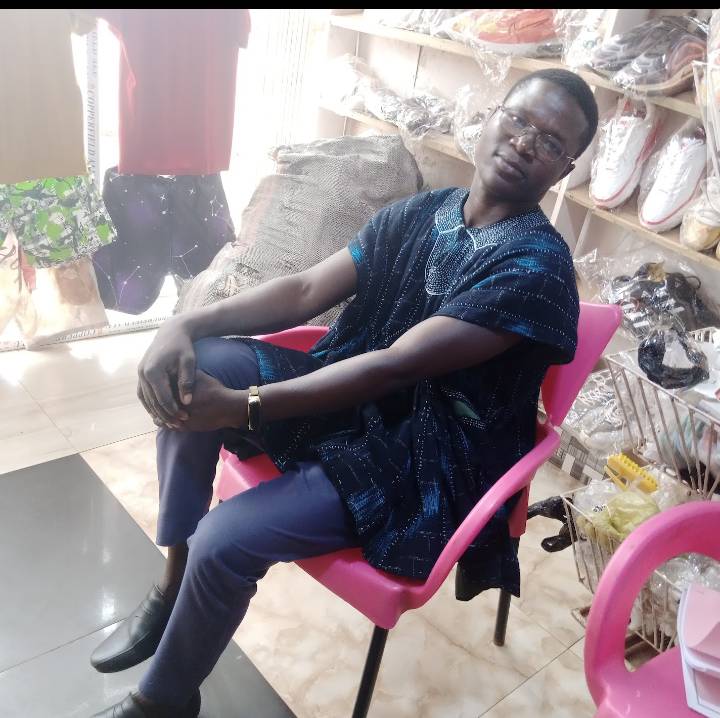THE KULUNGUG COURT JUDGEMENT.
“A source book of the Constitutional Law of Ghana, Volume II (part 1): The Cases: 1872 through 1970”, authored by S.O Gyandoh, Jnr and J. Griffiths and cited as 2 G and G. at page 209.
The Judgement of the High Court, Special Criminal Division consisting of Arku Korsah CJ. Van Lare and Sarkodee-Addo JJ.S.C, was delivered by Arku Korsah CJ and is reported at page 209 of the book. The following is an extract from the judgement.
“The evidence before us is to the effect that a “plot” was hatched at Lome, who called themselves a “Committee of Ghanaian Refugees”. The third accused Joseph Adotei Addo was in Lome when several meetings were held by the said committee. When eventually the third accused decided to return to Accra, Emmanuel Obetsebi-Lamptey, a prominent member of the committee, asked Addo to secure a room or rooms in Accra, to be used by certain unspecified persons, who were to come to Accra for purposes known to Obetsebi Lamptey and others, which turned out to be “The Bomb Outrages” in the country including the attempt to assassinate the President of the Republic of Ghana, at Kulungugu in the Upper Region of Ghana. Addo returned to Accra on 27 January 1962.
Later, at the request of Emmanuel Obetsebi Lamptey, Malam Mama Tula the fourth accused proceeded to Lome, where after a meeting of the committee had been held, Obetsebi Lamptey requested the fourth accused to return to Accra and organize the Gas in Accra. When the fourth accused replied he could not organize the Gas, because he is an Hausa man, one Amandi, a Member of the said committee, and an ex-Member of Parliament, promised to recruit “Northern Territories boys” to come to Accra for the purpose they had in view.
Sometime later, Emmanuel Obetsebi Lamptey, came to Accra, and in May 1962 Addo, the third accused, was taken to see Obetsebi Lamptey where he was apparently hiding in a small swish two-room structure which the fifth accused had for the use of his labourers on his poultry farm. It was in this place near Bawaleshie not far from Accra that the conspiracy in Ghana is said to have taken place. At this meeting Obetsebi Lamptey informed Addo that he (Obetsebi Lamptey) had returned to Ghana for certain operations, and asked Addo to tell United Party (UP) members that something would happen in Accra and if it did, they should all co-operate. After this, certain persons referred to in the proceedings as “N.T. boys”, and believed to be the “bomb throwers”, namely, Jacob, Abawku, Ibrahim, Samora, Akudugu and Mama, were found in an accommodation by Addo, the third accused, at Odorkor, a suburb of Accra.
A few days later, Addo, the third accused, Malam Mama Tula, the fourth accused, together with the six N.T. boys attended a meeting at Obetsebi Lamptey’s hideout, at which according to the third accused, Adamafio, Ako Adjei, Cofie Crabbe, Lamptey alias Odartey, the two other persons were present, whereas according to the fourth accused, Adamafio, Ako Adjei, Cofie Crabbe, Kweku Boateng, Krobo Adusei and Ofori Atta were present. It is needless to say that in these proceedings we cannot, and indeed we do not, make any findings in respect of these six persons, and others, whose names have also been mentioned, but who are also not charged before this court. At the said meeting, eight hand grenades were produced and together with the sum of 200 Great Britain pounds were handed over to Obetsebi Lamptey to be used in furtherance of the conspiracy.
The evidence of overt acts in furtherance of the common purpose to overthrow the government by unlawful means may be summarized as follows:
1. Procuring and producing hand grenades and pistols for the purpose of being used in the intended overthrow of the government.
2. Preparations to assassinate the President, a) at Tema, b) in the precincts of parliament house in Accra, and c) at Kumasi in the month of July 1962.
3. The attempts to assassinate the president at Kulungugu on 1 August 1962 where a hand grenade was thrown at him, resulting in the death of some people and serious injuries to many others.
4. The throwing of a hand grenade on 9 September 1962, into a crowd assembled at Dodowa villas, near flagstaff house, the residence of the president, killing and injuring many people.
5. On 6 September 1962, a hand grenade was thrown at the residence of Mr Abavana, a cabinet Minister.
6. Hand grenade thrown on 20 September 1962, near Lucas house, Accra, into a procession of members of the Convention People’s Party, the government party in connection with the celebration of “the President’s birth Day”, known as “Founder’s Day”, killing and injuring many people.
7. Hand grenade thrown at Chorkor in Accra, on 6 November 1962, at a rally of the Convention people’s Party where some people were injured.
8. Hand grenade thrown into a crowd of merry makers, after the close of general get-together of the Convention People’s Party members, at the stadium in commemoration of the positive action day that is 8 January 1963.
9. On 22 January 1963, when Teiko Tagoe, the first accused was arrested, he was armed with a hand grenade at Bukom square in Accra, at a rally held by the Convention People’s Party.
In addition to this the Exemptions Commission headed by Justice Fred Kwesi Apaloo, in which testimonies and evidence was provided of importing bombs into the country, murder of school children, and other atrocities were presented to the commission in order for those secretly and covertly involved in acts of treason and sabotage against the Ghanaian Republic to be exempted from NLCD 332 Elections and Public Offices Disqualification Decree.


